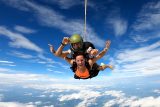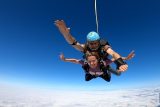What to Know About Skydiving Swooping
Blog
 Posted by: Curtis White
1 year ago
Posted by: Curtis White
1 year ago
It’s probably safe to assume that we all pretty much understand the basics of skydiving – you jump from an aircraft, you freefall, and you fly under a parachute canopy back down to the ground. While traditional skydiving involves these three main steps, there is an advanced canopy piloting technique known as “swooping” that takes this adrenaline-fueled sport to a whole new level.
With canopy swooping growing in popularity, the questions about this highly-advanced maneuver in skydiving are important to answer properly from a reliable source. So, without further ado, let’s get into all that skydiving swooping entails, how it is performed, the speed reached during a swoop landing, and some safety considerations when performing this thrilling maneuver.
What is Swooping in Skydiving?
So, what is the swooping landing maneuver in skydiving? Swooping refers to the act of using a high-performance canopy to execute a low and fast turn close to the ground during the landing phase of a skydive.
During a swoop landing, the canopy pilot uses a combination of toggle inputs and body movements to essentially turn the parachute quickly at certain degrees of rotation in order to build speed, then changing the pitch of the canopy in order to glide across the ground at a high speed – creating an awesome “swooshing” sound.
Parachute swooping is an advanced skill that requires extensive training and experience, as it involves precise control and accurate judgment.
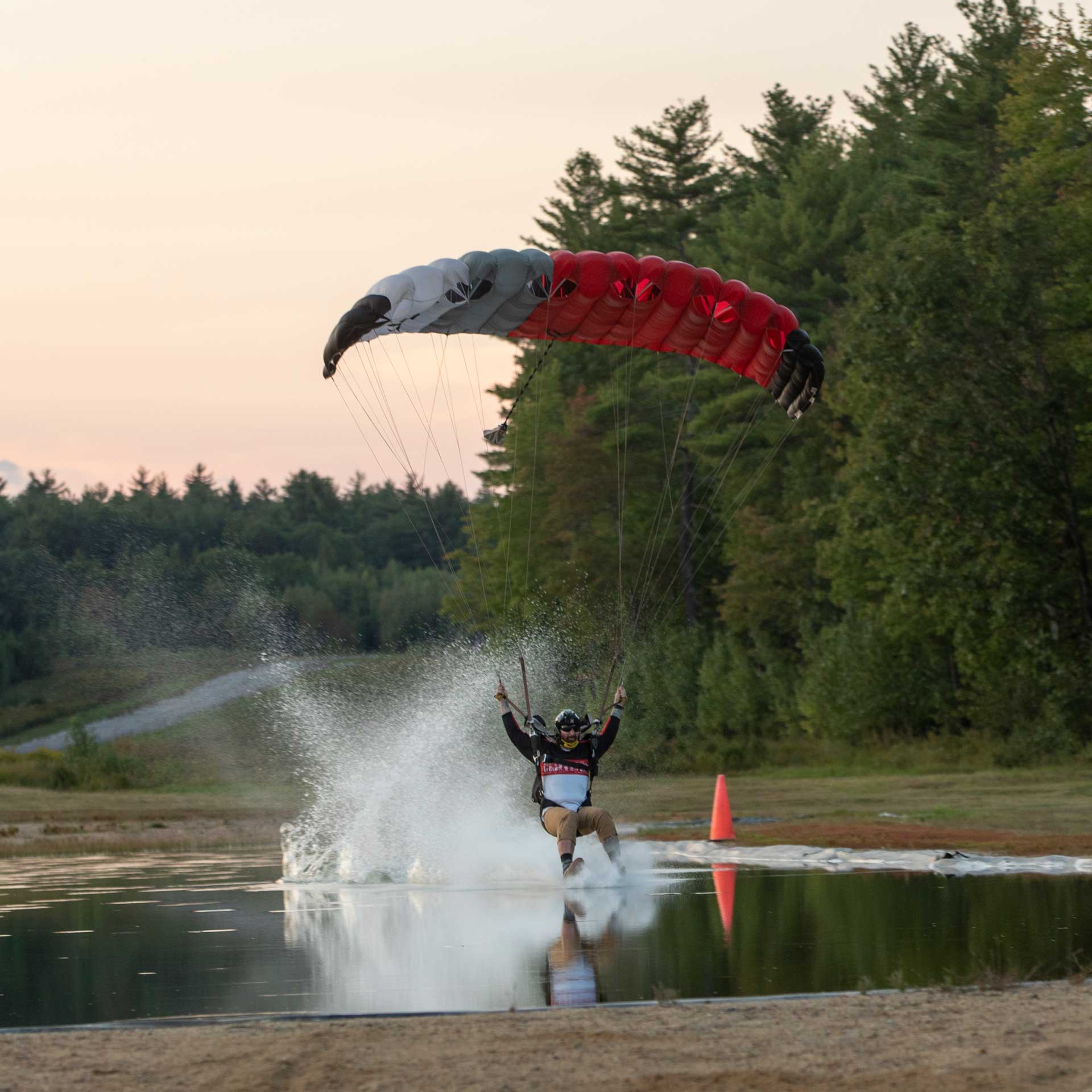
How is Swoop Landing Performed?
The swooping (or canopy piloting) skydiving discipline is usually performed at a lower altitude (generally 3,500 – 5,500 ft) and has little-to-no freefall time as the parachute is typically deployed within 3 to 5 seconds after exit. This is because canopy piloting is solely focused on canopy control and needs no freefall at all!
To perform a swoop landing, skydivers typically start by transitioning from a controlled descent into a more aggressive flight pattern. As they approach the landing area, they initiate the turn by applying pressure to the appropriate toggle while using their body position to counterbalance the forces.
Swoopers are able to slightly stall the canopy, pausing the forward motion momentarily in order to cause the canopy to dive. As they approach the ground, the canopy pilot will level out the canopy at just the right time in order to glide across the ground. Depending on the landing area, you can see some pretty cool stylish stunts. Swoopers will glide across swoop ponds and drag the tip of their foot in the water, perform 180-degree turns, and pull off some creative maneuvers with their hands – it’s impressive!
Parachute Swooping Speeds
The speeds achieved during a swoop landing can vary depending on a few factors, including the size and type of canopy used, the altitude from which the swoop is initiated, and the experience level of the skydiver. In general, experienced swoopers can reach speeds of 60 to 90 mph — talk about an adrenaline rush! The current world record is held by a well-known canopy piloting competitor named Greg Windmiller, who covered a distance of 70 meters in 1.960 seconds, reaching an impressive speed of about 95 mph!
Skydiving Swooping is Risky
How safe is skydiving, really? Well, all types of skydiving (and everything we do for that matter), come with inherent risks that are very carefully calculated, especially when it comes to skydiving.
Performing swoop landings this low to the ground and at high speeds significantly reduces that margin for error. This is why skydiving swooping is considered an advanced technique that should be approached with extreme caution.
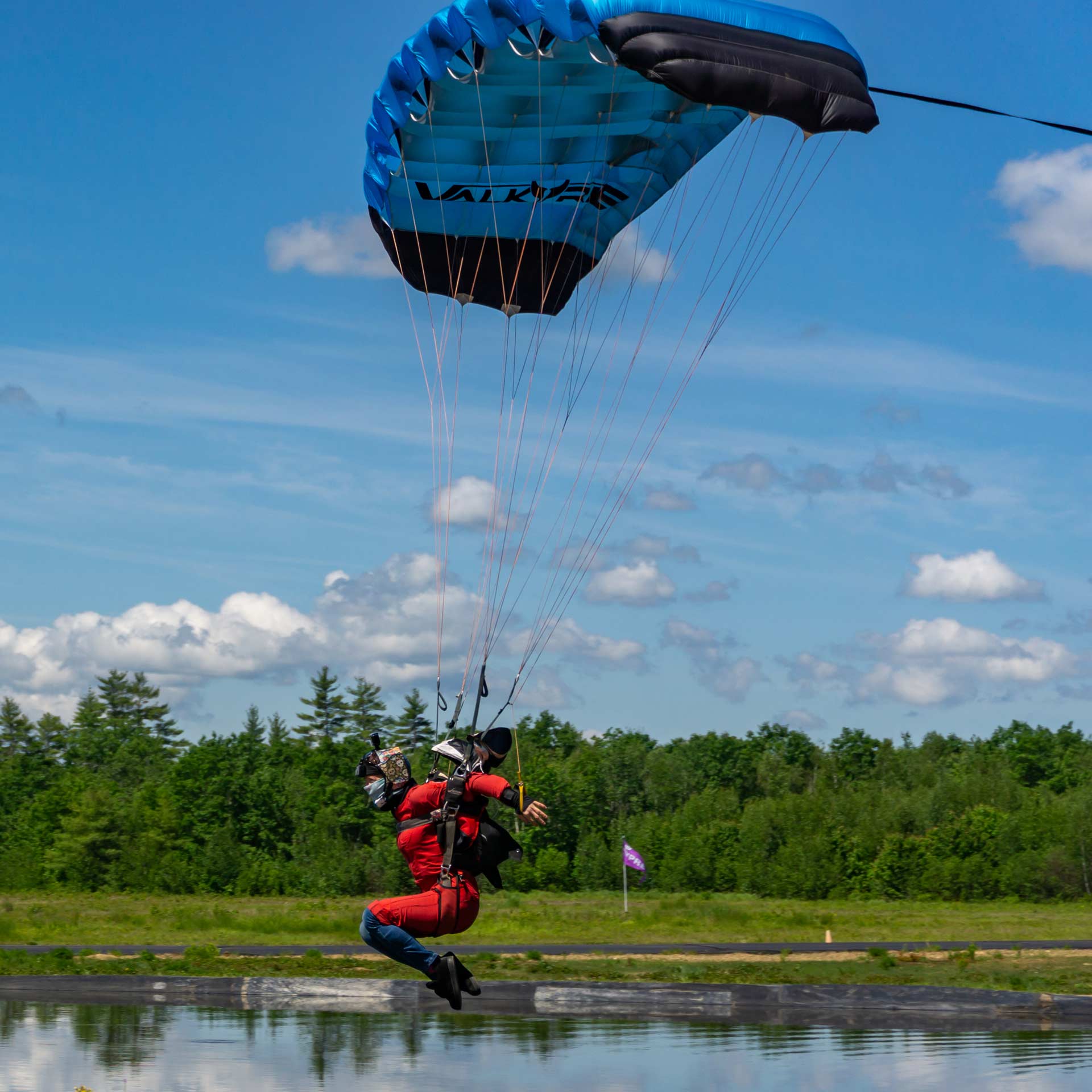
Swooping is only recommended to be attempted by highly experienced skydivers who have first received the proper training and canopy coaching to perform these risky maneuvers. There are Canopy Coaching events and Canopy Courses available to those who are interested in improving their canopy piloting skills and learning about swooping under the guidance of a highly-trained, professional skydiving instructor.
Performing a swoop landing can be exhilarating and impressive but safety should always be the top priority, and swooping should only be performed under favorable conditions and within appropriate landing areas.
Skydiving Swooping Competitions!
Canopy piloting is an extremely competitive discipline in the skydiving world. The competitions are set up on a body of water, usually a pond, and consist of floating buoys for competitors to navigate.
Swooping competitions are entertaining to watch, to say the least! Watching the dramatic entrances and freestyle poses, hearing the swoosh as the canopy quickly rushes by, and joining in on the cheers from the impressed crowd bring a whole new appreciation for the sport of skydiving that can be witnessed up close. Here are the different disciplines within the swooping competition scene:
- Speed: Swooping through the course as fast as possible without bumping into any buoys.
- Accuracy: Landing as close to the landing target located on the other side of the pond or body of water.
- Distance: Reaching the furthest distance horizontally without touching anything.
- Freestyle: Performing sweet swoop landing tricks – the Superman (straight body while leaning forward), Switchblade (switching both toggles to one hand), Ghostrider (releasing both toggles), Cowboy (one hand touches water), Blindman (180 degrees), Miracle Man (360 degrees), Wingover (canopy touching the water) and grabbing one leg, are a few examples of maneuvers that can be performed.
Are you an experienced skydiver interested in swooping the pond or a first-time skydiver wanting to witness this magnificent swooping maneuver firsthand? Book a skydive with Skydive New England and catch some wicked swoop landings while you wait for your turn to jump! Blue skies.
Categories:
You May Be Interested In:
Enter to Win a Free Skydive
Join our email list and enter to win a free tandem skydive. Drawings in April and December; winner announced on social media.
You’ll get a $10 coupon toward a tandem just for signing up! Must be 18 and under 240 lbs to jump.
*By submitting this form, you are consenting to receive marketing emails from Skydive New England, 40 Skydive Lane, Lebanon, Maine 04027. You can revoke your consent by using the SafeUnsubscribe link located at the bottom of every email. Emails are serviced by Constant Contact.
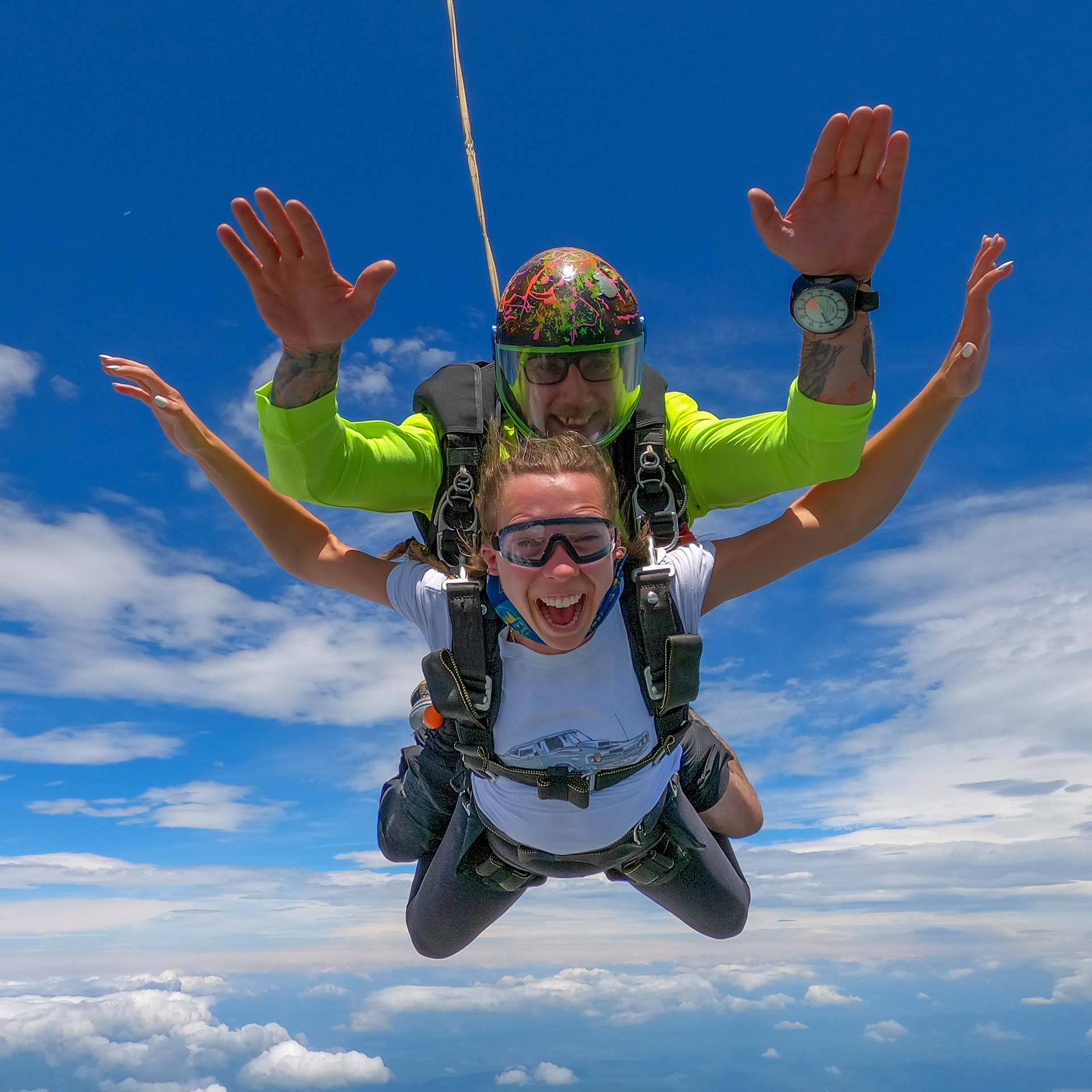
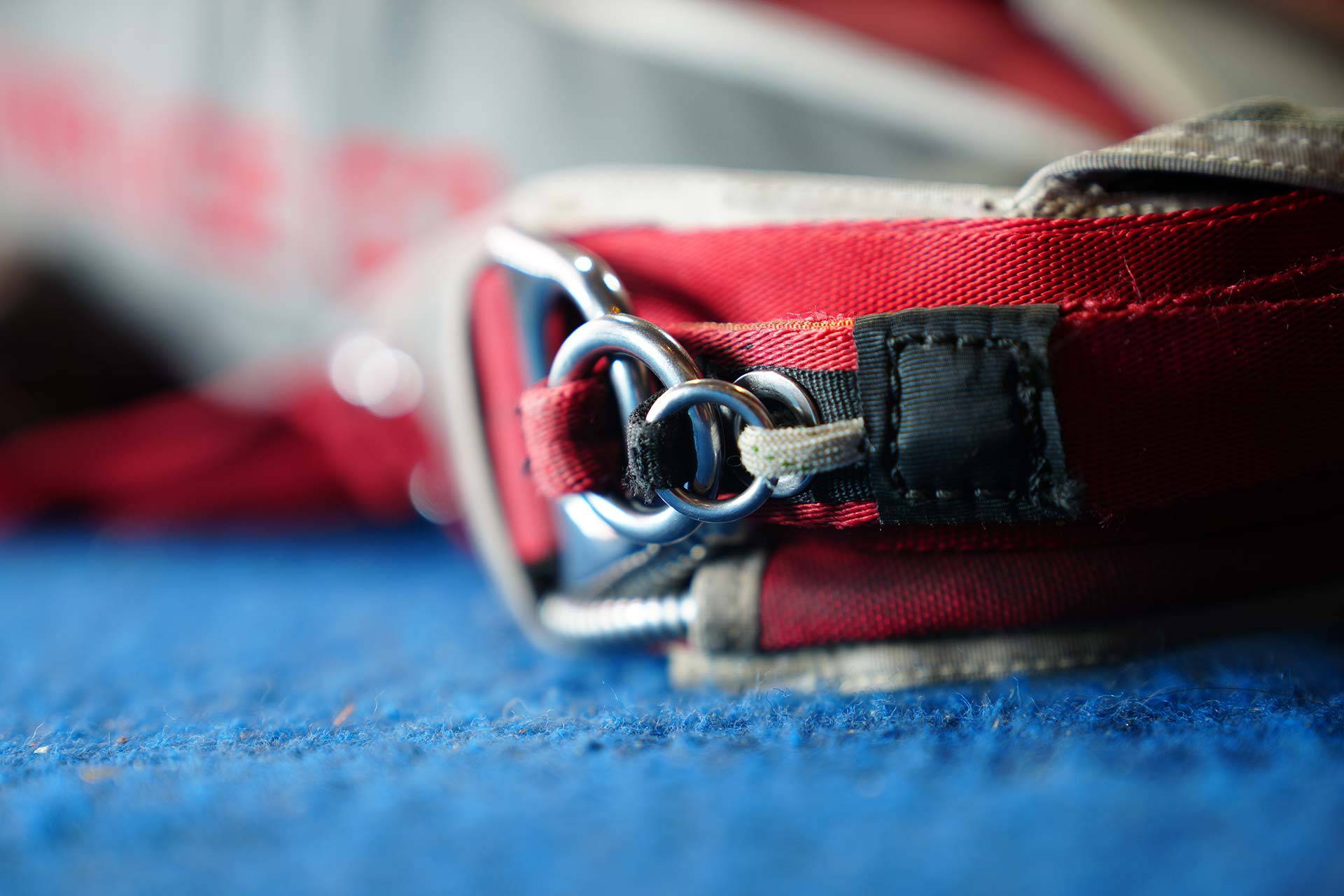
Even More Wicked-Fun Than It Looks!
Come see why the biggest DZ in New England is also the best.

